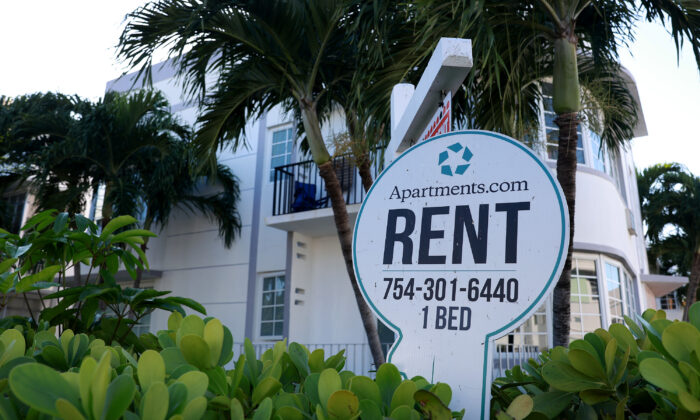Being classified as rent-burdened entails spending over 30 percent of total income on rent and utilities.
Financial adviser Laura Adams emphasizes the importance of keeping housing costs below 20 percent, whether renting or buying, to achieve financial stability. She notes that a combination of economic factors and personal habits among Gen Z individuals is making it increasingly challenging to afford housing.
Adams highlights the lack of preparation for homeownership among Gen Z, citing the necessity of good saving habits to cover closing costs. She observes a trend of insufficient savings among this demographic.
The Zillow/Street Easy study indicates that Gen Z’s current challenges with affording apartments mirror what millennials faced a decade ago. Although the rent burden decreased from 2012 to 2019 for millennials, Gen Z renters are now facing a similar predicament, exacerbated by economic shifts and the aftermath of the pandemic.
StreetEasy economist Kenny Lee underscores the abnormality of the situation, pointing out that the surging rental demand post-pandemic has led to soaring rents, particularly affecting young renters trying to make ends meet.
Despite some metros showing a higher rent burden for millennial renters in 2012 than Gen Z renters in 2022, over half of Gen Z renters in all 30 metros are experiencing rent burden. Lee remains optimistic that the rental market will eventually balance out to offer more affordable options for young renters.
Rental price increases may have peaked, according to Realtor.com’s September rental report released in October. The report highlights a continuous decline in year-over-year rents for studios to two-bedroom properties for the 14th consecutive month.
Adams advises young renters to make strategic decisions, such as considering more affordable areas outside of cities, to achieve their homeownership goals amidst economic challenges. Planning and making sacrifices, like dining at home instead of eating out frequently, can lead to financial stability and progress.







